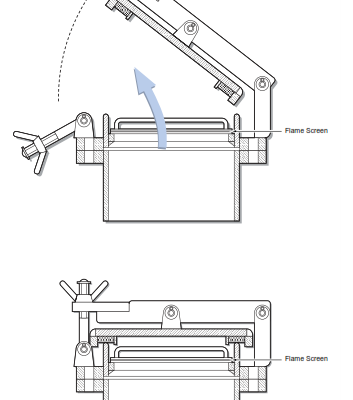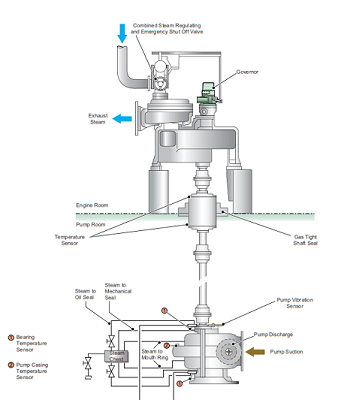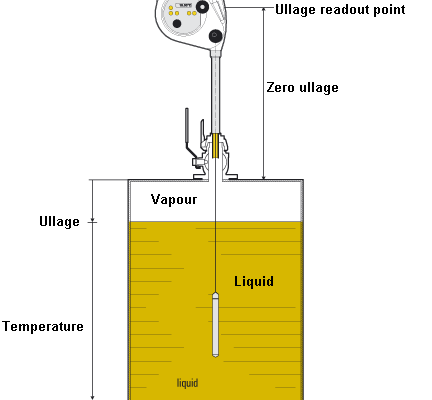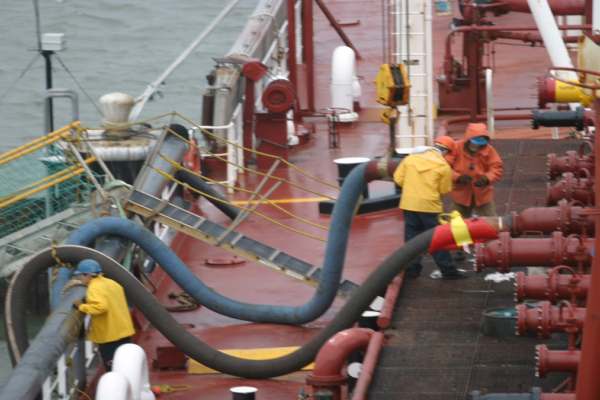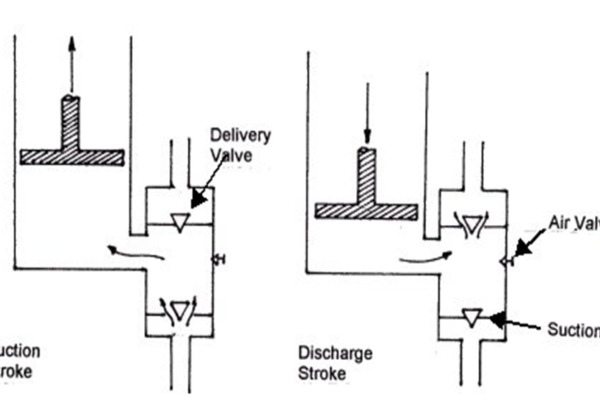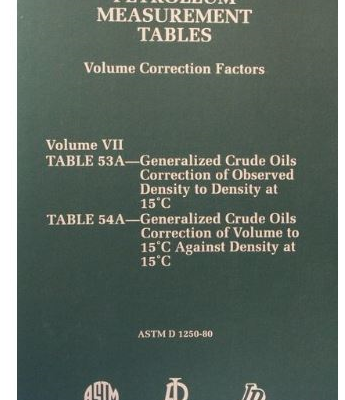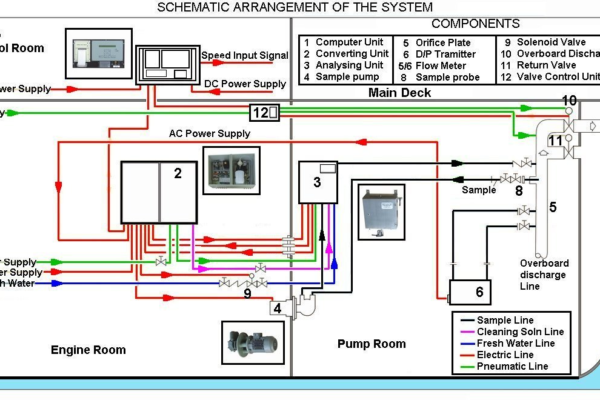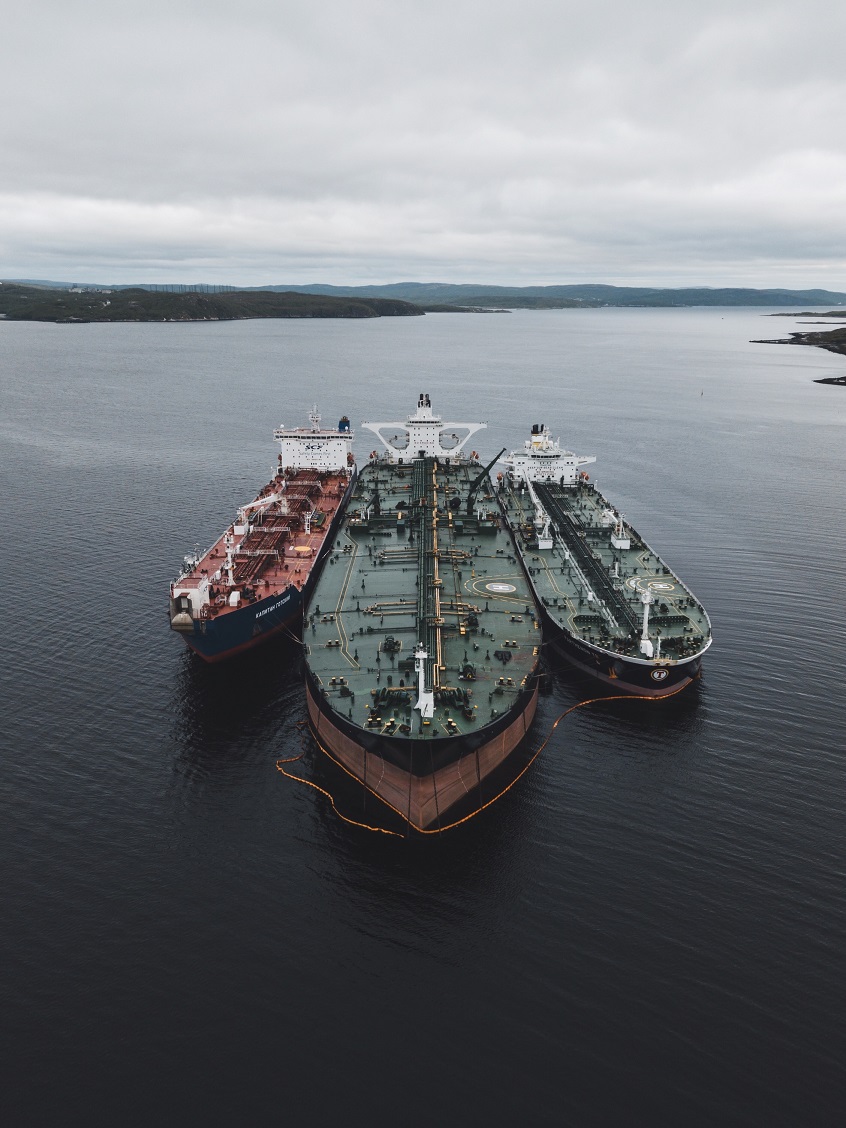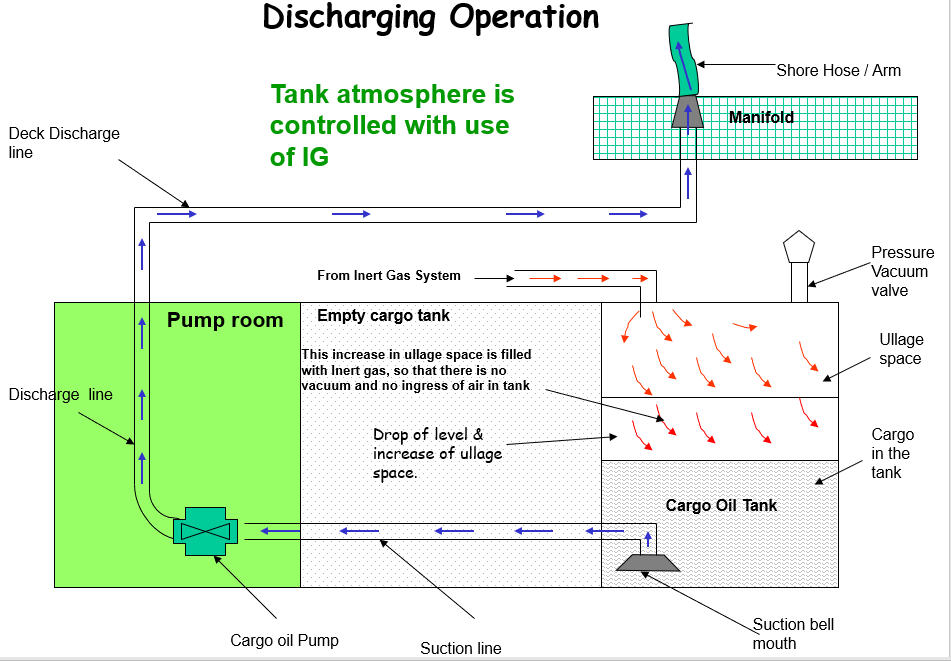PRESSURE VACUUM (PV) VALVES
Combined pressure/vacuum valves are fitted to each cargo tank. These valves are designed to relieve positive or negative pressure in the tanks. Combined PV valves are fitted to each cargo oil and slop tank based on the vapor emission control system in accordance with USCG
